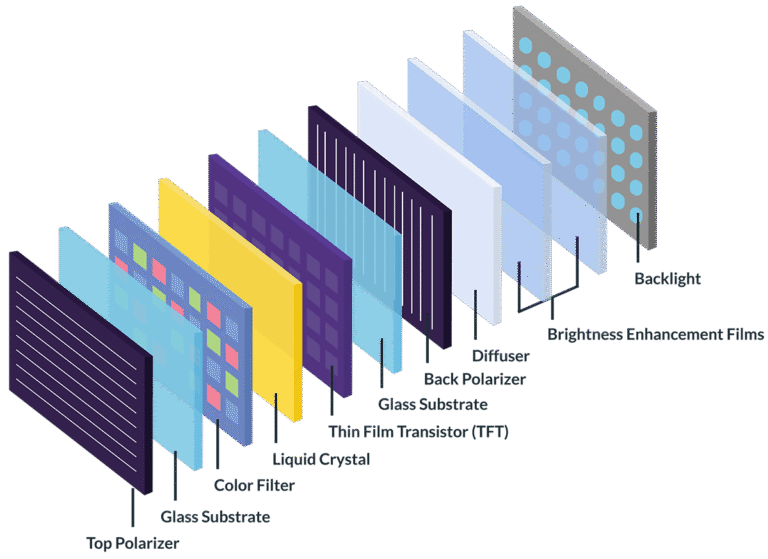
Introduction
The financial services industry is undergoing a profound technological transformation that’s reshaping how institutions approach credit lending operations. Oracle Financial Services’ recent recognition as a Category Leader across multiple lending categories in the Chartis Credit Lending Operations 2025 report provides valuable insight into the direction this transformation is taking. The recognition spans loan origination systems, loan management systems, limits management systems, and collateral management systems, highlighting the comprehensive nature of modern lending technology requirements and the increasing importance of integrated, cloud-native solutions in today’s complex credit environment.
This recognition comes at a critical time when financial institutions are grappling with evolving customer expectations, regulatory pressures, and competitive challenges from both traditional and alternative lenders. The shift towards specialised lending platforms and cloud-based solutions represents more than just a technology upgrade; it signals a fundamental reimagining of how credit decisions are made, risks are assessed, and customer relationships are managed throughout the lending lifecycle. Understanding these changes provides crucial insight into the future of lending and the technologies that will define competitive advantage in the credit market.
The emphasis on comprehensive, end-to-end capabilities in Chartis’s evaluation criteria reflects a broader industry recognition that fragmented technology solutions can no longer meet the demands of modern lending operations. As institutions seek to accelerate innovation, strengthen compliance, and deliver services at scale, the integration of artificial intelligence, advanced analytics, and cloud-native architectures has become essential rather than optional. This technological evolution is creating new opportunities for both lenders and borrowers whilst establishing new standards for operational efficiency and customer experience.
The Driving Forces Behind Lending Technology Evolution
The push towards advanced lending technology stems from multiple converging factors that are reshaping the financial services landscape. Regulatory requirements continue to evolve, demanding more sophisticated compliance monitoring, risk assessment capabilities, and audit trails that can demonstrate proper oversight of lending decisions. Modern lending platforms must seamlessly integrate compliance checks throughout the origination and management process, ensuring that institutions can meet regulatory requirements without compromising operational efficiency or customer experience.
Customer expectations have also fundamentally shifted, with borrowers increasingly expecting digital-first experiences that mirror the convenience and speed they’ve come to expect from other sectors. The traditional model of lengthy application processes, manual underwriting, and extended approval timelines is becoming increasingly uncompetitive as alternative lenders demonstrate that sophisticated technology can deliver faster decisions without compromising risk management. This has forced traditional institutions to invest heavily in technology upgrades that can match these expectations whilst leveraging their established market positions and regulatory expertise.
Data analytics and artificial intelligence capabilities have become crucial differentiators in modern lending operations. Advanced platforms can now process vast amounts of structured and unstructured data to make more accurate risk assessments, identify cross-selling opportunities, and personalise lending terms to individual borrower circumstances. These capabilities are particularly valuable in serving diverse market segments, from straightforward lending scenarios to more complex situations requiring nuanced assessment approaches.
The competitive landscape has also driven technology adoption as institutions seek to differentiate themselves through superior customer experiences and more efficient operations. Cloud-native platforms offer the scalability and flexibility needed to rapidly deploy new products, adapt to changing market conditions, and integrate with emerging financial technology services. This agility has become essential as institutions compete not just with traditional banks but also with fintech companies, alternative lenders, and technology-driven financial services providers.
“The recognition of comprehensive lending technology platforms reflects the industry’s evolution towards more integrated and intelligent approaches to credit provision,” explains Sam Foster, Head of Marketing & Communications at Evlo. “Modern borrowers expect seamless experiences whether they’re applying for mortgages, business loans, or personal loans, and the technology that enables these experiences has become a critical competitive factor. The most successful lenders are those that can leverage advanced technology whilst maintaining the personal touch that customers value.”
Implications for Lenders and Borrowers
The advancement of lending technology platforms creates significant implications for how financial institutions operate and compete in the market. Institutions that successfully implement comprehensive lending technology solutions can achieve substantial operational efficiencies through automation of routine processes, reduced manual intervention in standard lending decisions, and improved resource allocation towards more complex or relationship-focused activities. These efficiencies often translate into cost savings that can be passed on to borrowers through more competitive rates or invested in further innovation and customer service improvements.
Risk management capabilities are also substantially enhanced through advanced lending platforms that can analyse multiple data sources, identify patterns that might be missed by traditional assessment methods, and provide real-time monitoring of portfolio performance. This improved risk management enables institutions to serve a broader range of borrowers whilst maintaining appropriate risk levels, potentially expanding access to credit for customers who might previously have been declined through less sophisticated assessment processes.
For borrowers, the evolution of lending technology promises more personalised, efficient, and transparent experiences. Advanced platforms can provide real-time application status updates, clearer explanations of lending decisions, and more tailored product recommendations based on individual financial circumstances. The integration of multiple data sources also means that borrowers with non-traditional credit profiles or complex financial situations may find more opportunities to access appropriate financing as technology enables more nuanced assessment approaches.
The scalability offered by modern lending platforms also benefits borrowers through improved service consistency and availability. Cloud-native solutions can handle peak demand periods without degradation in service quality, whilst automated processes ensure that applications receive consistent evaluation regardless of timing or volume. This reliability becomes particularly important during economic volatility when credit demand may fluctuate significantly.
However, the technological transformation of lending also presents challenges that institutions must carefully manage. The increasing reliance on automated decision-making requires robust governance frameworks to ensure fairness, transparency, and compliance with anti-discrimination requirements. Institutions must balance the efficiency gains from automation with the need to provide human oversight and intervention when appropriate, particularly for complex lending scenarios or when borrowers require additional support.
Data security and privacy considerations become increasingly critical as lending platforms integrate more data sources and store more detailed customer information. Institutions must invest in comprehensive cybersecurity measures whilst ensuring that their use of customer data complies with evolving privacy regulations and maintains customer trust. The interconnected nature of modern lending platforms also creates potential systemic risks that require careful monitoring and management.
Looking ahead, the continued evolution of lending technology is likely to focus on further integration of artificial intelligence, enhanced predictive analytics, and improved customer experience design. The most successful institutions will be those that can leverage these technological capabilities to create sustainable competitive advantages whilst maintaining the trust and confidence that are fundamental to successful lending relationships. As the industry continues to evolve, the recognition of comprehensive technology platforms like Oracle’s reflects the growing importance of strategic technology investment in determining long-term success in the competitive lending market.
The transformation of credit lending operations through advanced technology represents one of the most significant developments in financial services in recent years. As institutions continue to invest in comprehensive lending platforms and integrate new capabilities, the benefits for both lenders and borrowers are likely to expand, creating a more efficient, accessible, and responsive credit market that better serves the diverse needs of modern businesses and consumers.



